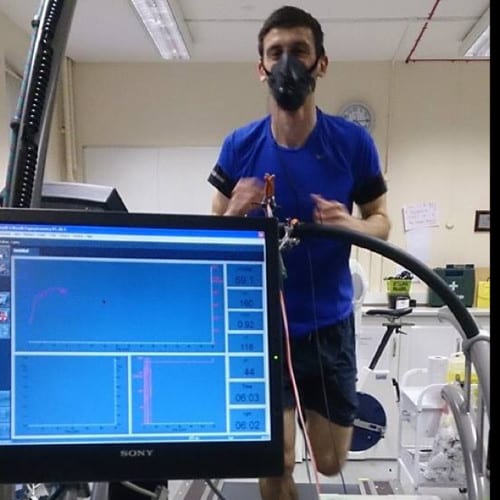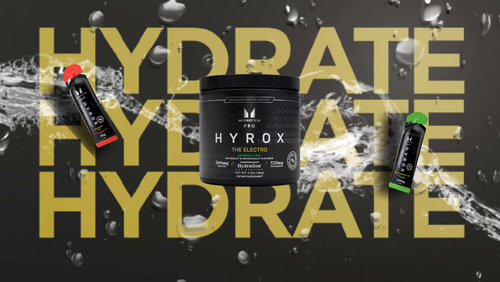
New Products
Myprotein x Amazon: HYROX Range Now Available Online at Amazon
Pick up your favorites in just a few clicks.
04/24/2025 By Ian Roden
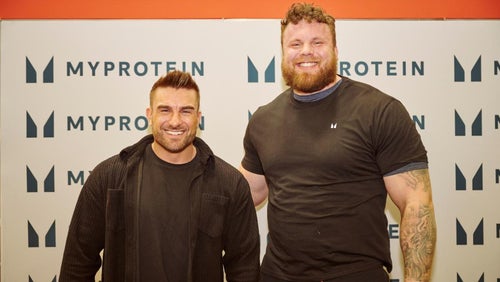
Uncategorised
Myprotein Attends the Arnold Sports Festival 2025
Myprotein’s booth 713 had it all…
03/11/2025 By Myprotein
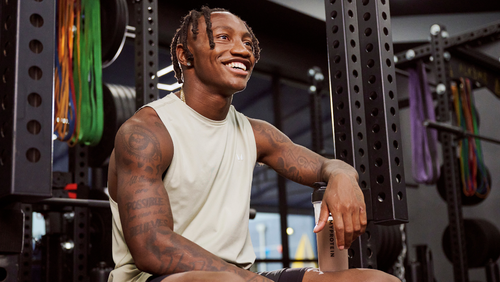
Our Ambassadors
Train Like Zay Flowers: Inside a Wide Receiver’s Workout Routine
The key is maintaining a good balance of discipline and reward…
02/03/2025 By Myprotein
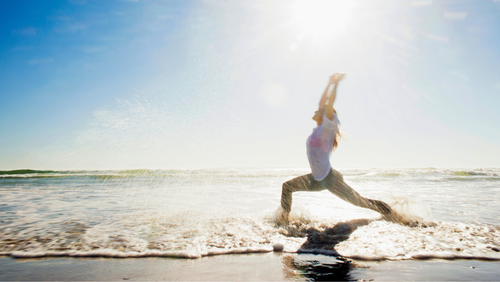
Health and Wellness
Spring into Action: Why Sun Salutations Should Be Your New Morning Ritual
stretch, strengthen, and energize…
05/02/2025 By Ian Roden
Our Editors
Latest Articles
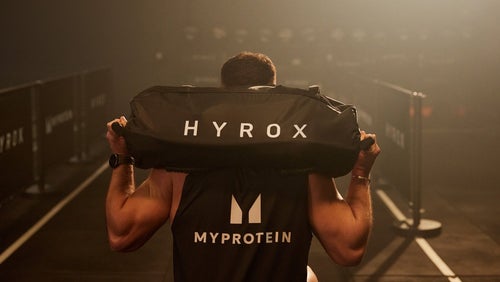
training
The HYROX Competition | Everything You Need to Know + Upcoming Dates
It's definitely not for the weak...
07/30/2024 By Ian Roden
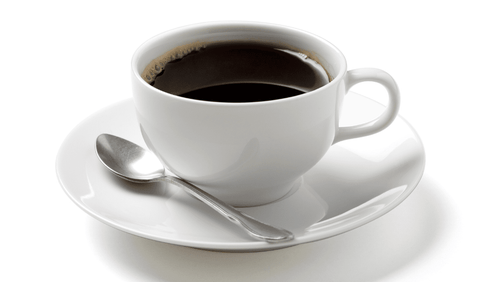
our ambassadors
Top Drinks for Fat Loss with Cohnan Kotarski
Make fat loss easier with these three drinks.
07/11/2024 By Ian Roden
training
34 Delicious Whey Protein Recipes Absolutely Worth Trying
The whey to our hearts are great recipes...
07/09/2024 By Monica Green
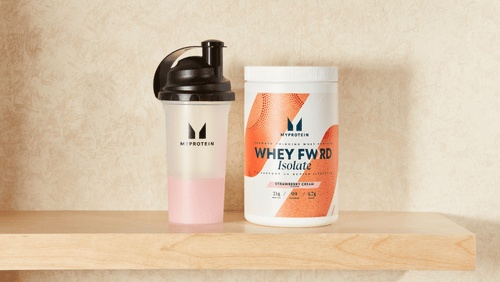
wellness
Staying Hydrated During Hot Summer Days
Keep your water bottle on hand...
07/03/2024 By Myprotein
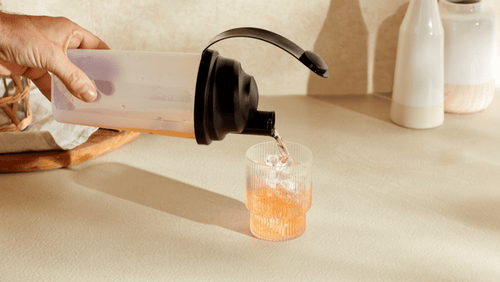
supplements
Ultimate Guide To Amino Acids
Nutritionist answers all your amino acids questions.
06/24/2024 By Elle Kelly






